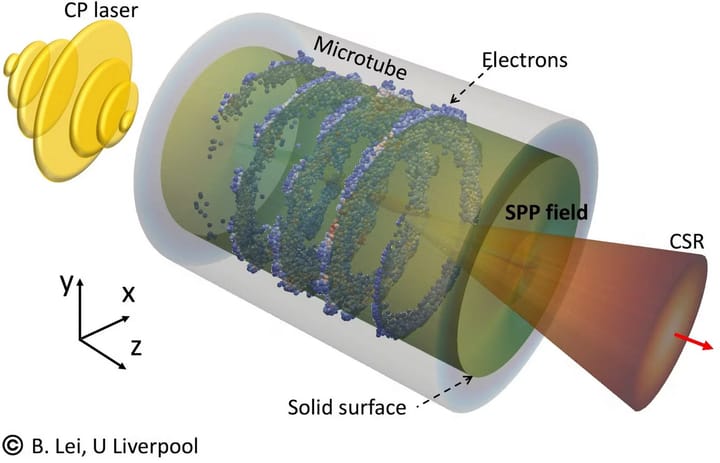Electrifying Discoveries: Lasers, Tiny Particles, and the Secrets of Lightning
At ISTA, researchers are using lasers to trap tiny particles, helping them study the processes that lead to lightning. This innovative approach reveals how particles in clouds become charged and discharge, shedding light on the mysteries of storm formation.

Imagine a world where we could trap tiny particles with a beam of light, like using a flashlight to catch fireflies in the night! At the Institute of Science and Technology Austria (ISTA), scientists have turned this seemingly magical idea into reality by using lasers to investigate the mysterious process that leads to lightning—a phenomenon that has fascinated humanity for centuries. Often seen as a dramatic display of nature’s power, lightning is more than just a bright flash in the sky; it stems from complex interactions within clouds. To unravel this mystery, researchers at ISTA have employed an innovative technique that treats lasers like tweezers, allowing them to capture and study micron-sized particles. These tiny particles play a crucial role in what’s known as cloud electrification—essentially how clouds become charged to produce lightning. So, how does this work? Think of clouds as a bustling marketplace, where various particles are constantly jostling against each other. Just like in a crowded room, when people rub against one another, they can transfer energy. This same principle applies to particles in a cloud, where collisions can lead to a build-up of electric charge. The researchers at ISTA have developed a way to not only trap these microscopic particles using lasers but also to monitor how they gather or release their charges over time. It’s like observing a high-stakes game of catch, where the players must carefully pass energy back and forth without dropping the ball. By studying this action in a controlled environment, the scientists can gain invaluable insights into how the conditions that lead to lightning are created. With their laser tweezers, these pioneering scientists are breaking new ground in understanding how lightning forms, which could ultimately help forecast storms more accurately and protect against lightning strikes. The implications of this research could be tremendous, not just for meteorology but also for improving safety measures in areas prone to thunderstorms. In a world where weather patterns are becoming increasingly unpredictable, understanding the intricacies of cloud electrification could be key to unlocking the secrets of storms. So, next time you see a lightning bolt streaking across the sky, remember the tiny particles at play and the scientists wielding lasers to untangle the mysteries of our atmosphere. Isn’t it fascinating how science can illuminate the darkness? For more on this groundbreaking research, you can check out the original article [here](https://phys.org/news/2025-11-scientist-captures-tiny-particles-clues.html).


